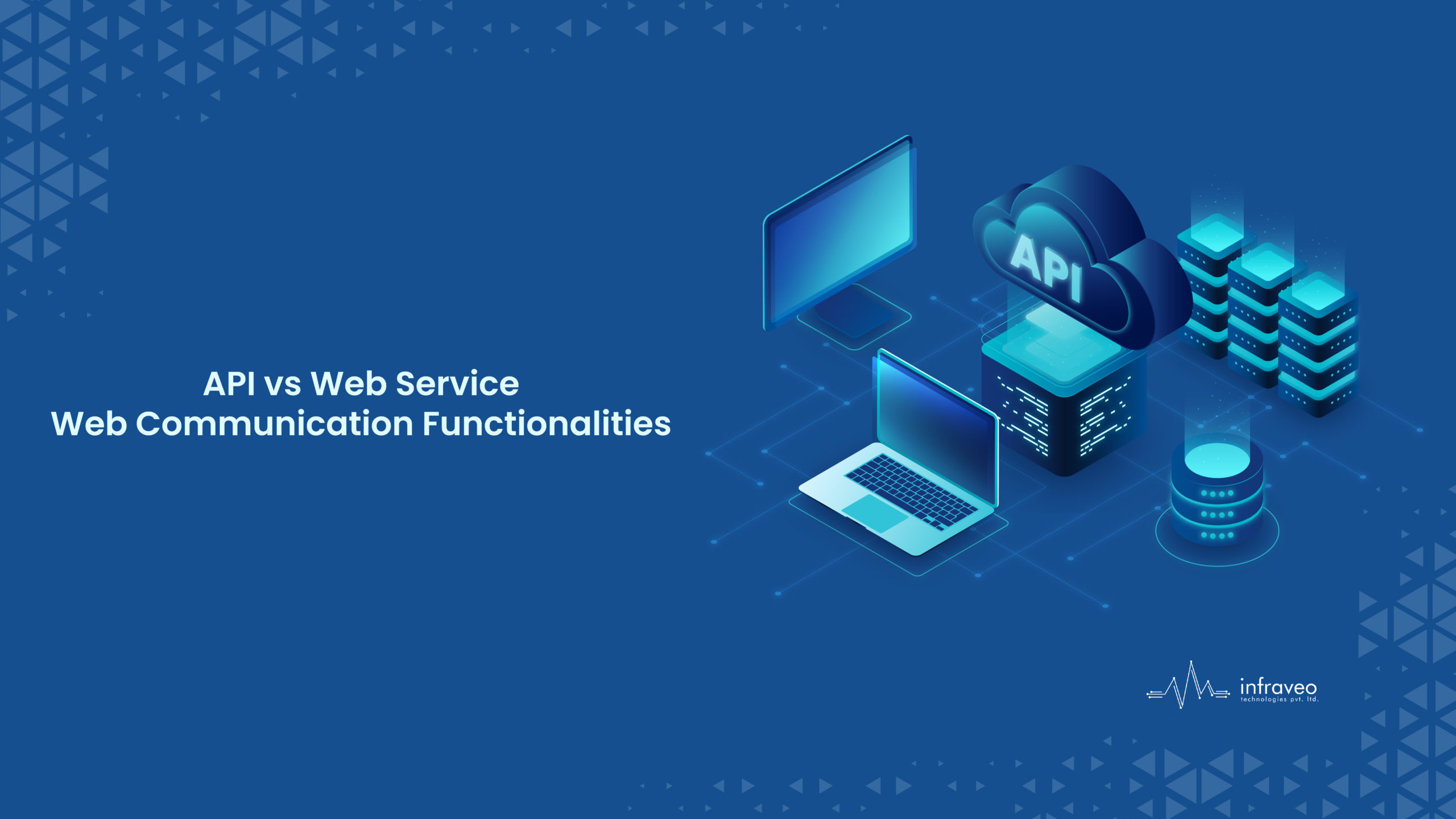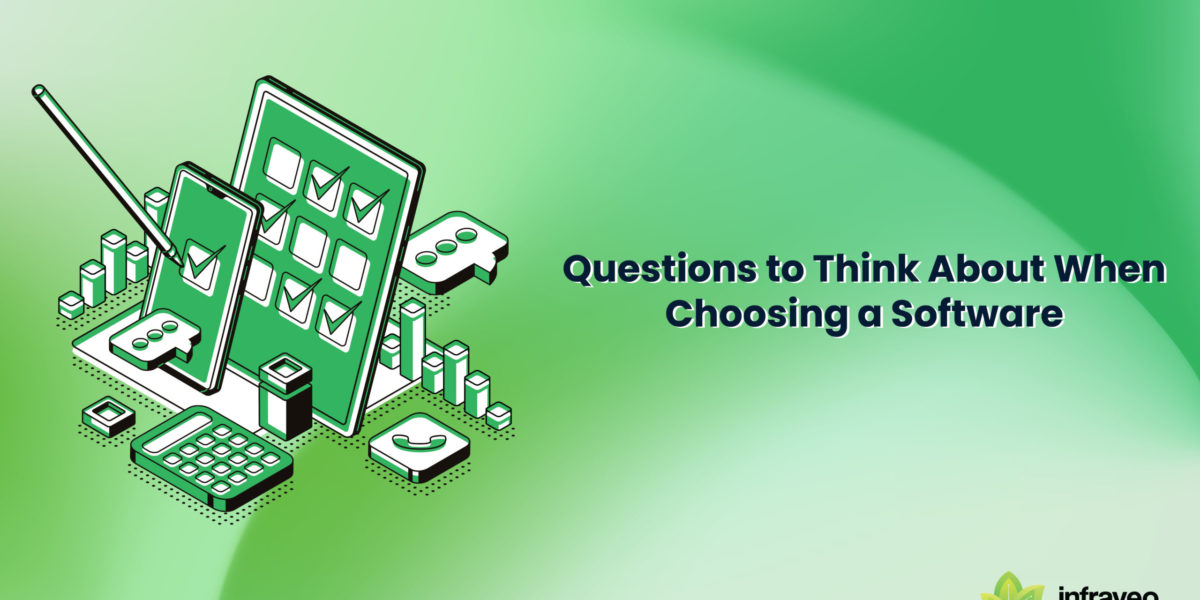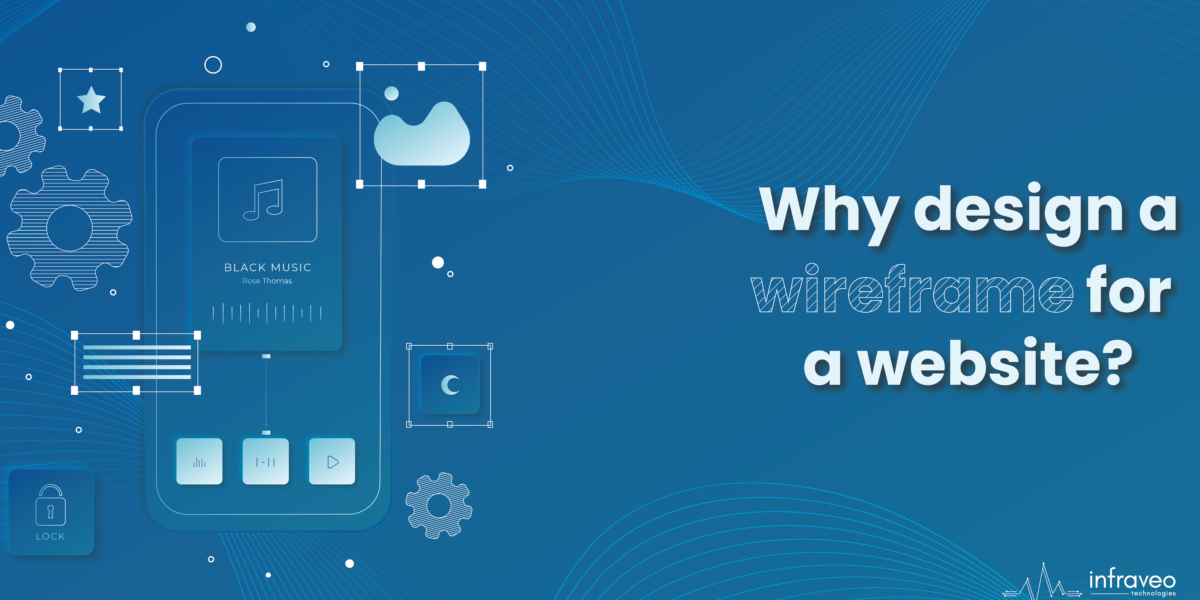Introduction
In terms of web communication functionalities, APIs (Application Programming Interfaces) and web services are similar but vastly different. However, the terms API and web services are frequently used interchangeably, they refer to various technologies that address issues. Web services provide machine communication, while APIs enable application communication. Due to REST (Representational State Transfer) and JSON (JavaScript Object Notation) being lighter, faster, and more platform-independent, RESTful APIs have partially replaced web services, SOAP (Simple Object Access Protocol), and XML.
What is an API?
The term “API” stands for an application programming interface. It is a software platform that allows automatic conversation between multiple applications. A developer can use several API tools to simplify and decomplexify their program. An API also provides developers with a proficient way to expand their product programs. Thus, an API defines how programming parts should be connected in basic terms. API enables the exposure of service data to browsers.
What is a Web Service?
A Web service is a group of open standards and protocols frequently used to exchange data between several systems or applications. There are many different programming languages and platforms used to create software applications. It enables data exchange via computer networks using web services. Web services require communication via a network, with HTTP being the most well-known method for the network between the two frameworks. Data exchange between many platforms and apps is made possible via web services.
Difference between API and Web Services
The following are significant differences between API and Web services.
| API (Application Programming Interface) | Web service |
| Application interfaces, or APIs, suggest that two applications can communicate with one another in a standardized format. | An API must be connected to the network to access web services. |
| Responses are formatted into XML, JSON, or any other format specified using the API’s MediaType Formatter. | It supports XML. |
| API can be hosted only on IIS and self. | IIS can host Web Services. |
| It also has a lightweight architecture, making it useful for devices such as smartphones that have restricted transmission capacity. | Needs a lightweight design and uses the SOAP encoding standard to send or collect information over the system. |
| It can be used by a client who is aware of XML or JSON. | Any client who knows and understands XML can use it. |
| The HTTP/s protocol is supported, including URL Request/Response Headers and other features. | It only offers support for the HTTP protocol. |
| APIs are not web services. | Web services are all APIs. |
| Any type of communication can be carried out via API. | REST, SOAP, and XML-RPC are the three communication styles used by web services. |
Conclusion
Since it exposes an application’s data and/or functionality, every web service is also an API, but not every API is a web service. Web services are an architectural style for integrating Web-based applications using XML, SOAP, and WSDL open standards across an Internet Protocol backbone since these APIs are simply the terminals that enable client-server relationships.




